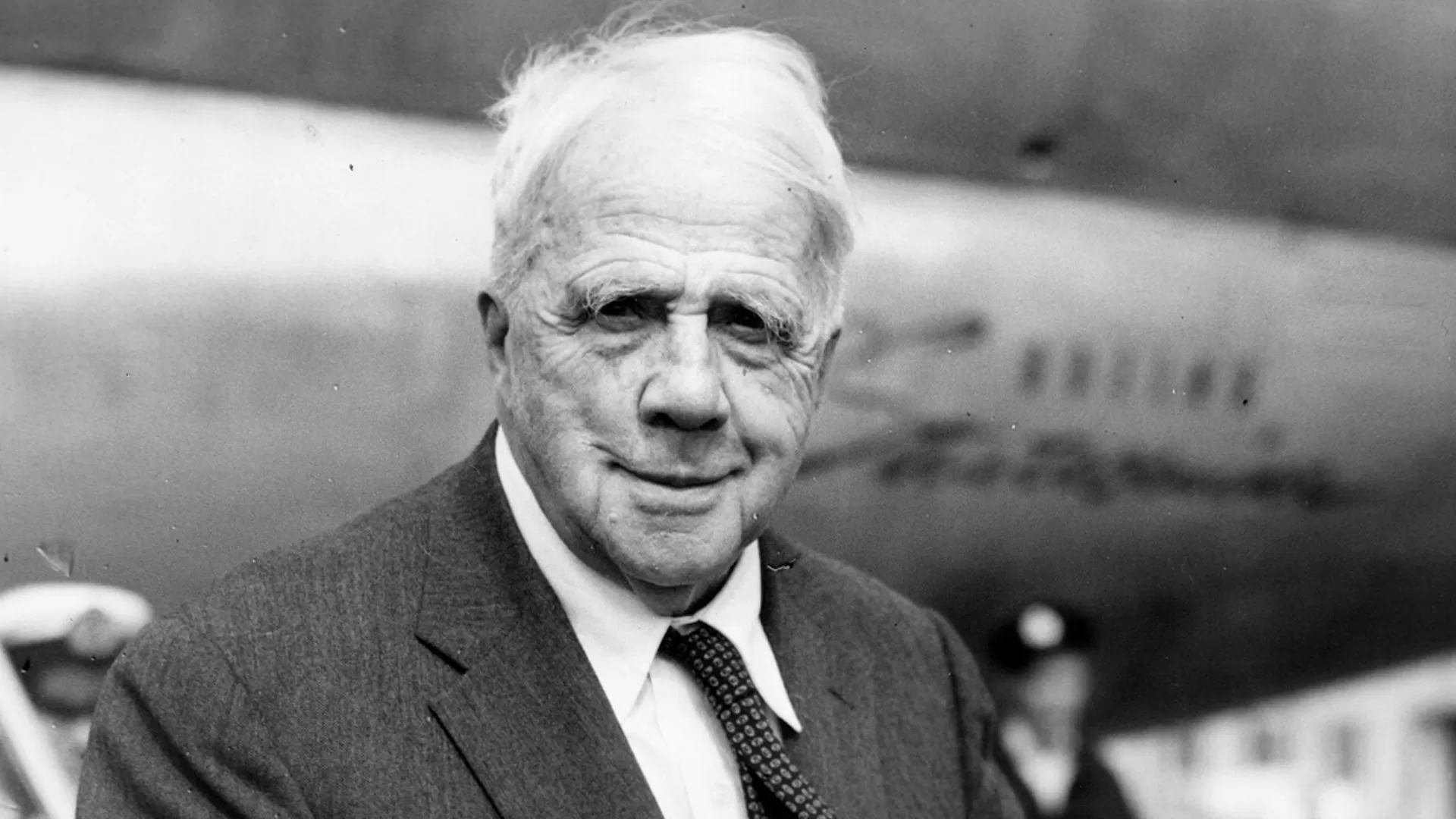Robert Frost (1874-1963) remains one of the most celebrated and widely read American poets of the 20th century. Known for his realistic depictions of rural life in New England, his work often explores complex philosophical and social themes through accessible language and traditional forms. Frost’s ability to capture the nuances of everyday speech and the profound beauty and challenges of nature has cemented his place in literary history. His famous poems resonate deeply with readers, offering insights into the human condition, the choices we make, and our relationship with the natural world. For anyone exploring American verse, encountering the iconic works of Robert Frost is a fundamental experience, revealing a poet who found universal truths in the specific details of a life lived close to the land. Just as poetry can explore grand themes, it can also capture moments of national identity, such as poems for the 4th of July, showcasing the diverse ways verse reflects human experience.
Contents
The Enduring Appeal of Robert Frost’s Voice
Frost’s unique appeal lies in his blend of simplicity and depth. On the surface, his poems seem straightforward, depicting stone walls, snowy woods, apple orchards, and country roads. Yet, beneath this seemingly simple exterior lie layers of meaning, exploring themes of isolation, mortality, duty, freedom, choice, and the perennial tension between civilization and the wilderness.
 Portrait of American poet Robert Frost
Portrait of American poet Robert Frost
He masterfully employed traditional meters and rhyme schemes, giving his poems a musical quality that made them memorable and pleasurable to read aloud. This formal control, combined with his authentic representation of conversational language, created a distinctive voice that felt both timeless and deeply human.
Iconic Robert Frost Famous Poems and Their Meaning
Among Robert Frost’s extensive body of work, several poems have achieved widespread recognition and continue to be studied and loved. These works exemplify his thematic concerns and stylistic brilliance.
“The Road Not Taken”
Perhaps Frost’s most famous and frequently misinterpreted poem, “The Road Not Taken” explores the theme of choice and its potential consequences. The speaker reflects on encountering two diverging paths in a wood and choosing the one “less traveled by.”
Two roads diverged in a yellow wood,
And sorry I could not travel both
And be one traveler, long I stood
And looked down one as far as I could
To where it bent in the undergrowth;
Then took the other, as just as fair,
And having perhaps the better claim,
Because it was grassy and wanted wear;While often read as a celebration of individualism and nonconformity, a closer look reveals ambiguity and perhaps a touch of irony. The speaker admits the roads were “really about the same,” suggesting that the “difference” made by the choice might be a narrative constructed in retrospect rather than an objective truth about the paths themselves. The poem invites readers to ponder how we view our past decisions and the stories we tell ourselves about them.
“Stopping by Woods on a Snowy Evening”
This evocative poem paints a vivid picture of a traveler pausing by a dark, snowy wood on the “darkest evening of the year.” It beautifully captures the allure of nature and the temptation to linger, contrasted with the pressing demands of obligation.
Whose woods these are I think I know.
His house is in the village though;
He will not see me stopping here
To watch his woods fill up with snow.
My little horse must think it queer
To stop without a farmhouse near
Between the woods and frozen lake
The darkest evening of the year.The poem’s hypnotic rhythm and imagery create a sense of peaceful contemplation, yet the repeated final lines, “And miles to go before I sleep, / And miles to go before I sleep,” introduce a somber note of duty and the inevitable journey towards rest, often interpreted metaphorically as death. It’s a poem that balances the pull of the natural world with the responsibilities of human life, a theme found in many different forms of verse, including a simple Father’s Day poem from a son reflecting on life’s journey.
“Fire and Ice”
A concise and powerful poem, “Fire and Ice” tackles the monumental question of how the world will end. Frost presents two possibilities – destruction by fire (often linked to desire or passion) or by ice (associated with hate or indifference).
Some say the world will end in fire,
Some say in ice.
From what I’ve tasted of desire
I hold with those who favor fire.
But if it had to perish twice,
I think I know enough of hate
To say that for destruction ice
Is also great
And would suffice.In just nine lines, Frost muses on the destructive potential of human emotions. The poem’s brevity and simple structure belie the weight of its theme, offering a stark commentary on the forces of desire and hate that drive individuals and societies.
“Nothing Gold Can Stay”
This short, lyrical poem reflects on the transient beauty of nature and, by extension, life itself. Using the metaphor of nature’s early green and a flower that lasts “only so an hour,” Frost touches on the universal theme of impermanence.
Nature’s first green is gold,
Her hardest hue to hold.
Her early leaf’s a flower;
But only so an hour.The poem’s delicate imagery and melancholic tone evoke a sense of nostalgia for fleeting beauty. It’s a poignant reminder that the most precious things are often the most ephemeral, a truth that resonates whether contemplating natural cycles or human experiences.
“Birches”
In “Birches,” Frost combines vivid natural description with personal reflection and philosophical musing. The speaker observes birch trees bent by ice storms and imagines them being bent by a boy swinging from them. He prefers the latter image, seeing it as a temporary escape from the “truth” of life.
When I see birches bend to left and right
Across the lines of straighter darker trees,
I like to think some boy's been swinging them.
But swinging doesn't bend them down to stay.The poem explores the tension between the harsh realities of life and the human desire for imaginative escape or a temporary retreat. It’s a meditation on the balance between earth and sky, between groundedness and aspiration, capturing the simple yet profound moments of contemplation that nature can inspire. Poetry itself can capture diverse landscapes and cultures, much like a poem about Mexico might transport the reader to a different world.
Frost’s Signature Style and Lasting Impact
Beyond these famous individual pieces, Robert Frost’s overall style is a key part of his legacy. His commitment to writing in “the sound of sense” – capturing the natural rhythms and inflections of human speech – made his poetry accessible and relatable. He often used simple rhyme schemes and meter, yet manipulated them with subtlety to create specific effects. His frequent use of New England settings and characters grounded his philosophical explorations in tangible reality.
Frost’s work continues to influence poets and captivate readers worldwide. His ability to find deep meaning in ordinary things, his honest portrayal of both the beauty and hardship of life, and his masterful command of language ensure that his famous poems remain central to the study and appreciation of poetry. They invite us to look closer at the world around us and the choices we make, finding universal echoes in the quiet corners of rural life. Exploring the spectrum of human experience through verse, from personal reflections to national pride captured in poems about the 4th of July, reveals the power of poetry to connect us to ourselves and our shared history.
